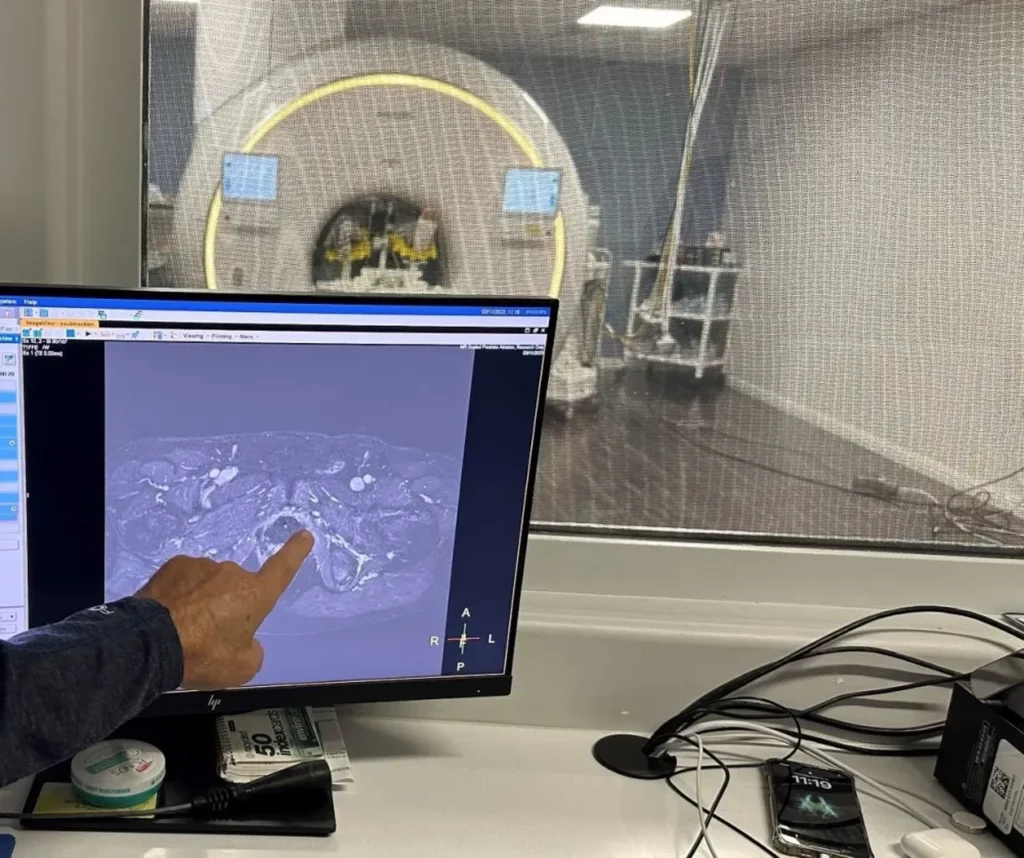Understanding the stages of prostate cancer, and their associated survival rates, is crucial for individuals and their loved ones navigating this complex disease. Each stage carries unique implications for prognosis and treatment options. Be sure to read our Prostate Cancer Treatment guide,
By staying informed, individuals can actively participate in their healthcare decisions and work closely with their healthcare team to determine the most appropriate course of action. Regular screenings, including prostate exams and PSA tests, are essential for early detection and intervention—particularly for those at higher risk.
It’s important to note that survival rates can vary depending on various factors, such as the stage at diagnosis, age, overall health, and response to treatment. Therefore, it’s crucial to consult with healthcare professionals who can provide personalized information and guidance based on individual circumstances.
As you continue your journey, remember that knowledge is power. Stay proactive by seeking reputable sources of information, engaging in discussions with healthcare providers, and connecting with support networks. Remember, you are not alone in this fight against prostate cancer.
Take charge of your health today. Schedule regular check-ups, be aware of potential symptoms, and encourage your loved ones to do the same. By spreading awareness and knowledge, together, we can make a difference.
If you have any questions or need further information about prostate cancer stages and survival rates, reach out to us or consult with your healthcare provider. Empower yourself with knowledge and be an advocate for your own health. Together, let’s strive for a future where prostate cancer can be detected early, treated effectively, and survivorship thrives.
Don’t wait. Take action now. Your health matters.
Learn more about prostate cancer staging near me today.


You must be logged in to post a comment.